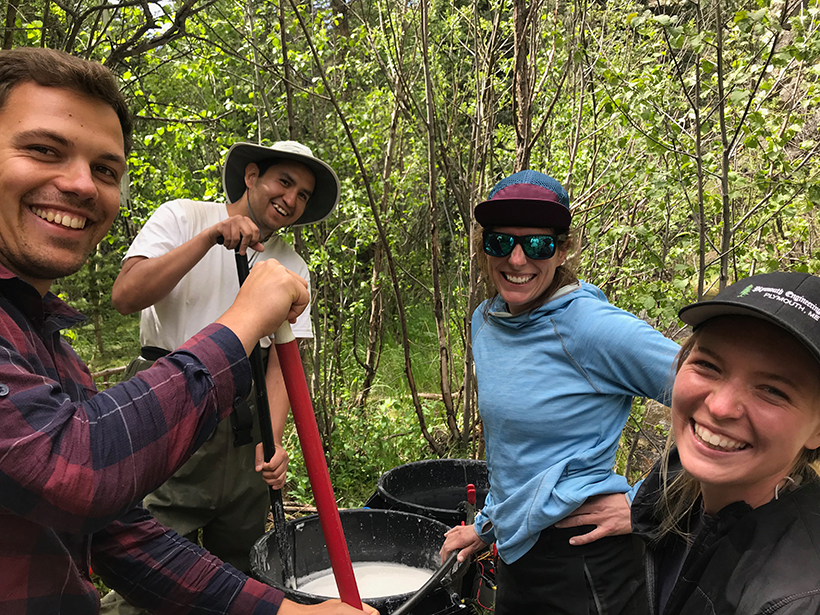A new network that embraces scientists with wide-ranging experiences and expertise aims to solve the challenges of Earth’s critical zone.
N. M. Gasparini
Posted inFeatures
High Water: Prolonged Flooding on the Deltaic Mississippi River
Changing climate and land use practices are bringing extended periods of high water to the lower Mississippi River. New management practices are needed to protect people, industry, and the land.


